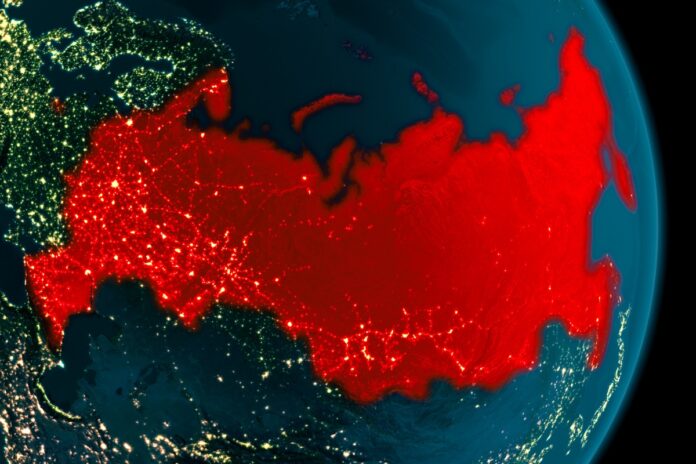One of Russia’s largest operators, MegaFon, has chosen Ericsson to develop a new nationwide transport network.
As part of the three-year contract, the partners say Ericsson will supply mobile transport solutions based on its MINI-LINK platform to offer high capacity, efficient use of spectrum, low-energy consumption and simplified operations and maintenance.
According to Ericsson’s Microwave Outlook Report 2018, 40% of global backhaul connections are expected to be based on microwave by 2023.
Russia covers 17,098,246 km2 (excluding the Crimea) and spans has nine time zones, with a population of almost 147 million.
Promising tech solutions
Frederic Vanoosthuyze, Chief Technology and IT Officer (CTIO) at MegaFon, says: “MegaFon pays great attention to the implementation of the most promising technical solutions and the readiness of all elements of the company’s infrastructure to launch a new standard of mobile communication, setting the direction of development in the industry.
“The transport network is one of the key elements that determine the level of service for our customers, where we constantly test and pilot innovative technologies, together with partners like Ericsson.”
Greater radio density
Ericsson said key features of the MINI-LINK 6000 portfolio for 6-38GHz include a high density of radio interfaces (up to 15 radio directions in three radio units), system gain enabling higher capacities, and longer hops or small antennas.
MINI-LINK 6000 also supports modulations up to 16k quadrature amplitude modulation (QAM), large buffer sizes (up to 720MB) and up to 112MHz channels.
MINI-LINK 6000 is used together with MINI-LINK 6363, which Ericsson claims is the world’s smallest high-power radio, available in bands from 6 to 80GHz.
Other features of MINI-LINK 6352 for E-Band (70/80 GHz) include 10Gbps capacity in a single carrier as well as multiple 10 Gigabit Ethernet interfaces.



